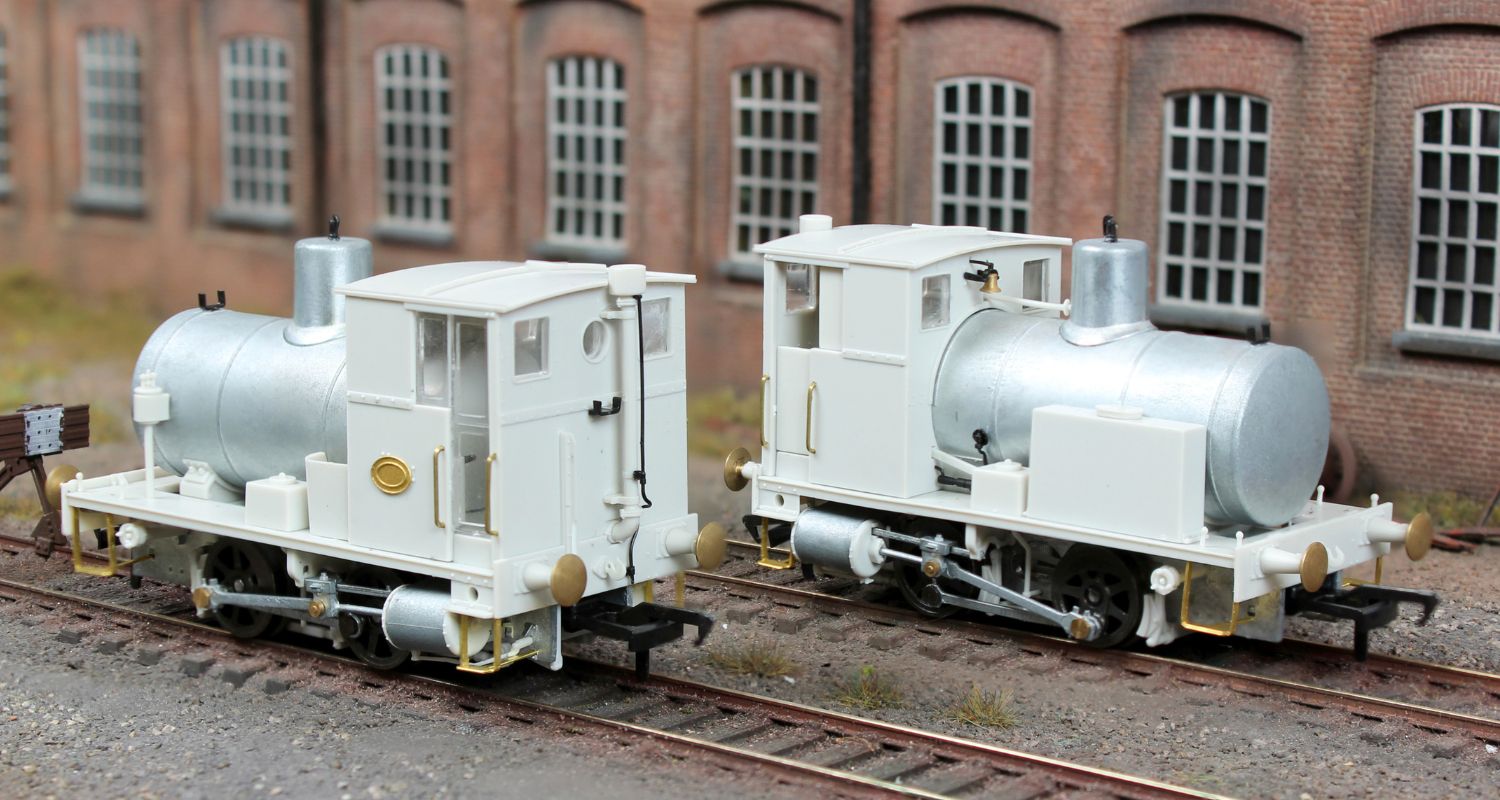Rapido have announced their plans for a newly tooled range of British Railways Diagram 1/801 Fish Vans in OO gauge!
This will be the first time these wagons have ever been produced in OO gauge RTR. The 1/801 vehicles were the final diagram of fish van built by British Railways and were an evolution of earlier BR designs, based on LNER wagons. They featured a 15ft wheelbase and 21’8” body, with roller bearings allowing them to run at a maximum speed of 60mph.
Rapido’s range covers the full lifespan of these vehicles – with liveries depicting usage on fish traffic and later parcels, barrier van and departmental variations. Engineering samples have been revealed as well as colour renders, with the final models due some time in 2025.
Pre-Order Now
Engineering Samples
Product Features:
Highly detailed model with many separate parts including handrails, underframe relief, handbrake levers, steps and more
Accurate tooling variations including steps on later engineers versions and different buffer types
Optional separate label boards provided to fit as required
Metal wheels & axles with metal bearings
Intricate livery application & printing
NEM tension lock couplings
Prototype Information
During the nineteenth century, the expanding railway network helpedcreate a boom in the fishing industry. With fast, reliable services freshfish was able to be transported by rail across the length and breadth ofthe UK. As early as the mid-1840s special fish trains were operated by several railway companies using specially built rolling stock.
The final diagram of fish van built by British Railways was the 1/801 diagram. Like the previous 1/800 (which itself was based on an earlier LNER design) this featured a 15ft wheelbase and 21’8” body. Roller bearings were used from new and allowed the wagons to travel at speeds of 60mph. As they were roller-bearing fitted, they gained the ‘Blue Spot’ designation on the bodysides. This design however featured several differences on the body, most notably the diagonal end bracing and around the side doors along with the adoption of the BR clasp brake system.
Three batches of vans were built between 1960 and 1961 with atotal of 558 vans being produced. With the decline in fish traffic services ceased in 1968. Many vans were transferred to Parcels Traffic (coded NRV and later SPV under TOPS) and sported BR rail blue livery with ‘double arrow’ logo. Other vansfound use in Engineers use, barrier vehicle use and even as support vehicles for breakdown cranes carrying a number of different liveries.This resulted in vans being seen all across the network.A small number of Diagram 1/801 vans have survived into preservationat locations such as the Swanage, Great Central and Bluebell railways.
 Rapido Announce New Tool BR Fish Vans!
Rapido Announce New Tool BR Fish Vans!


 Rapido Fireless 0-4-0 Engineering Samples
Rapido Fireless 0-4-0 Engineering Samples